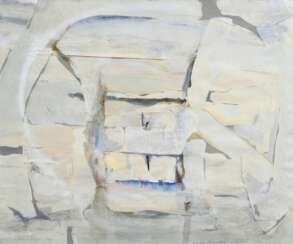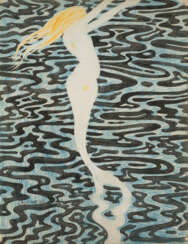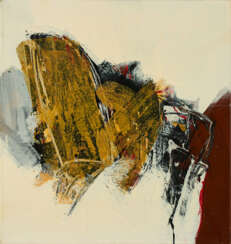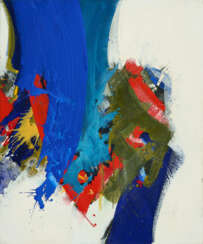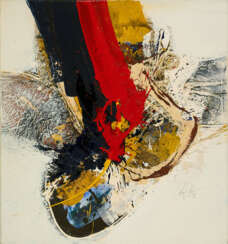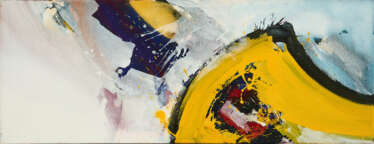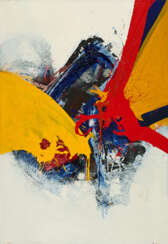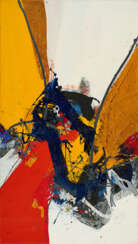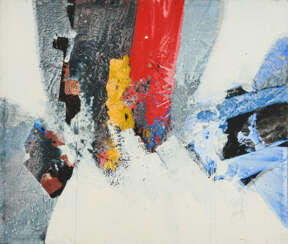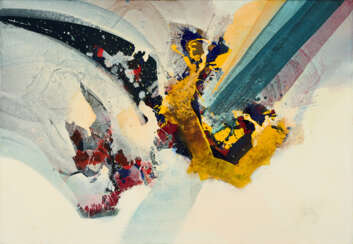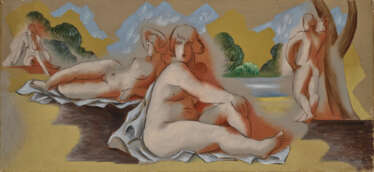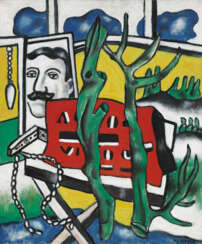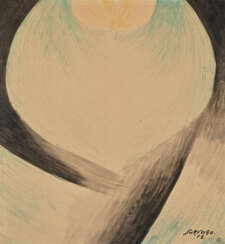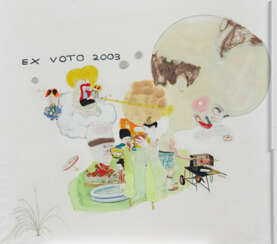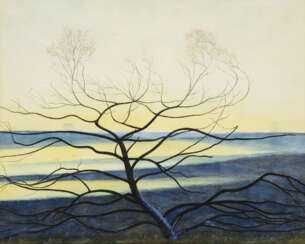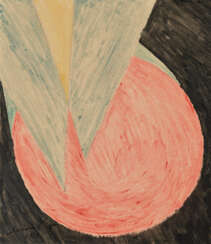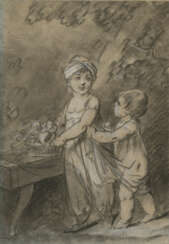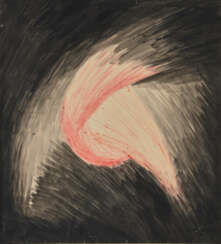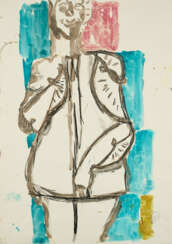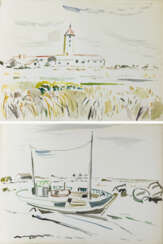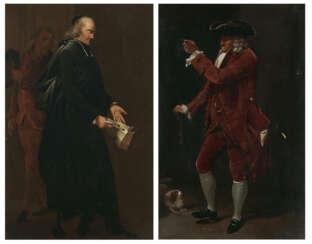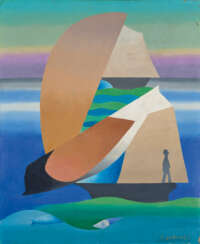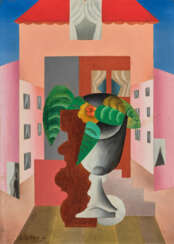peinture à l'aquarelle
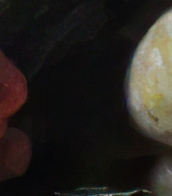
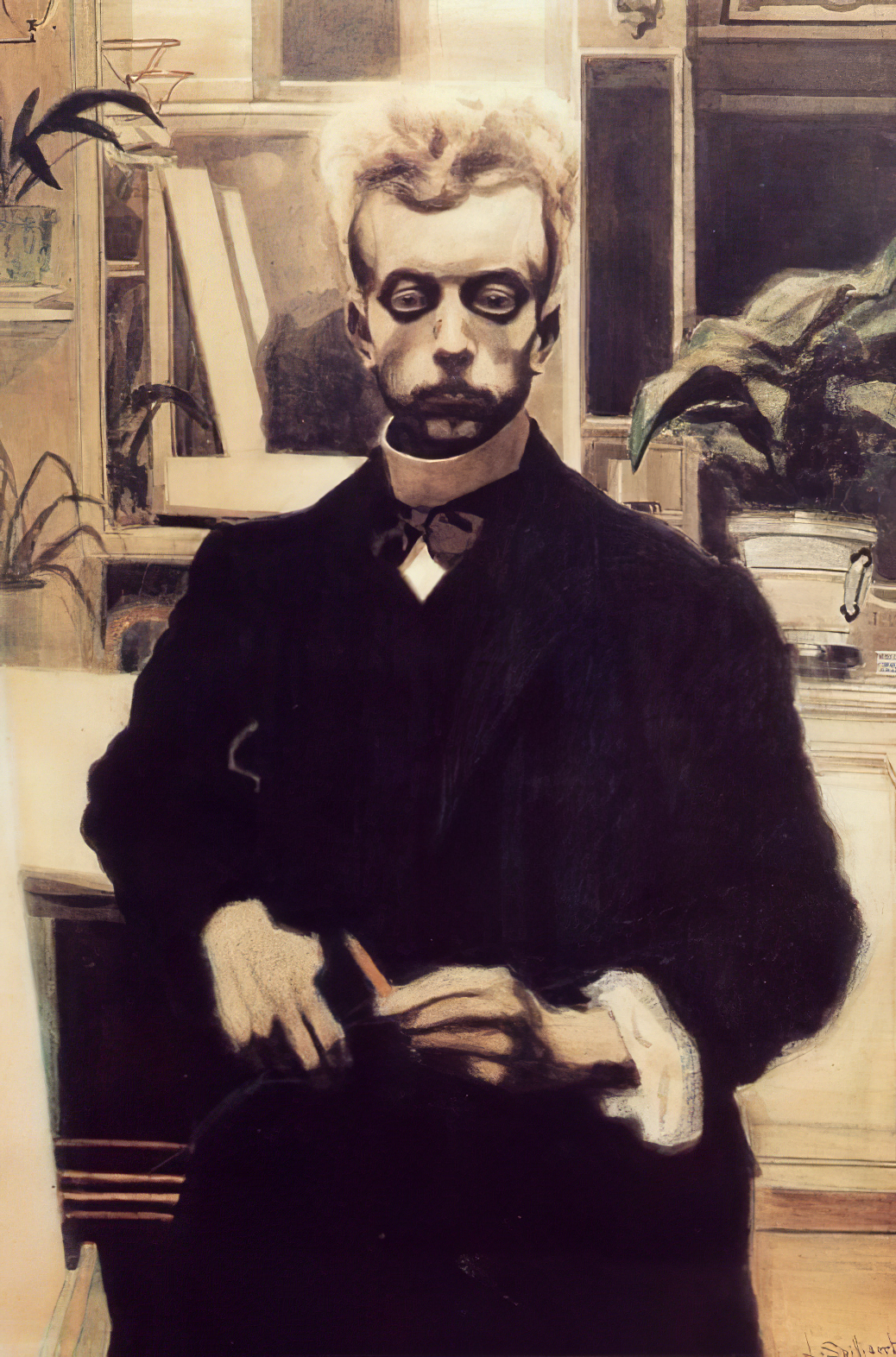
Léon Spilliaert was a Belgian artist. He is known for his unique style of symbolism, with many of his works featuring dream-like landscapes, eerie still lifes, and enigmatic figures.
Spilliaert grew up in a wealthy family, and he initially studied architecture before turning to art. He was largely self-taught, and his work was heavily influenced by the Belgian symbolist movement, as well as the works of artists such as James Ensor and Edvard Munch.
Spilliaert was particularly interested in exploring the mysteries of the human psyche, and many of his works reflect a sense of unease or uncertainty. He often used strong contrasts of light and shadow to create a sense of drama and tension in his works, and his use of color was often muted and subdued.
Despite his success as an artist, Spilliaert was a deeply private individual, and he rarely exhibited his work during his lifetime. He continued to work throughout his life, however, producing a large body of haunting and enigmatic works that continue to captivate audiences today.
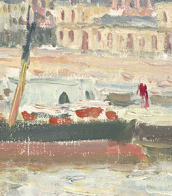
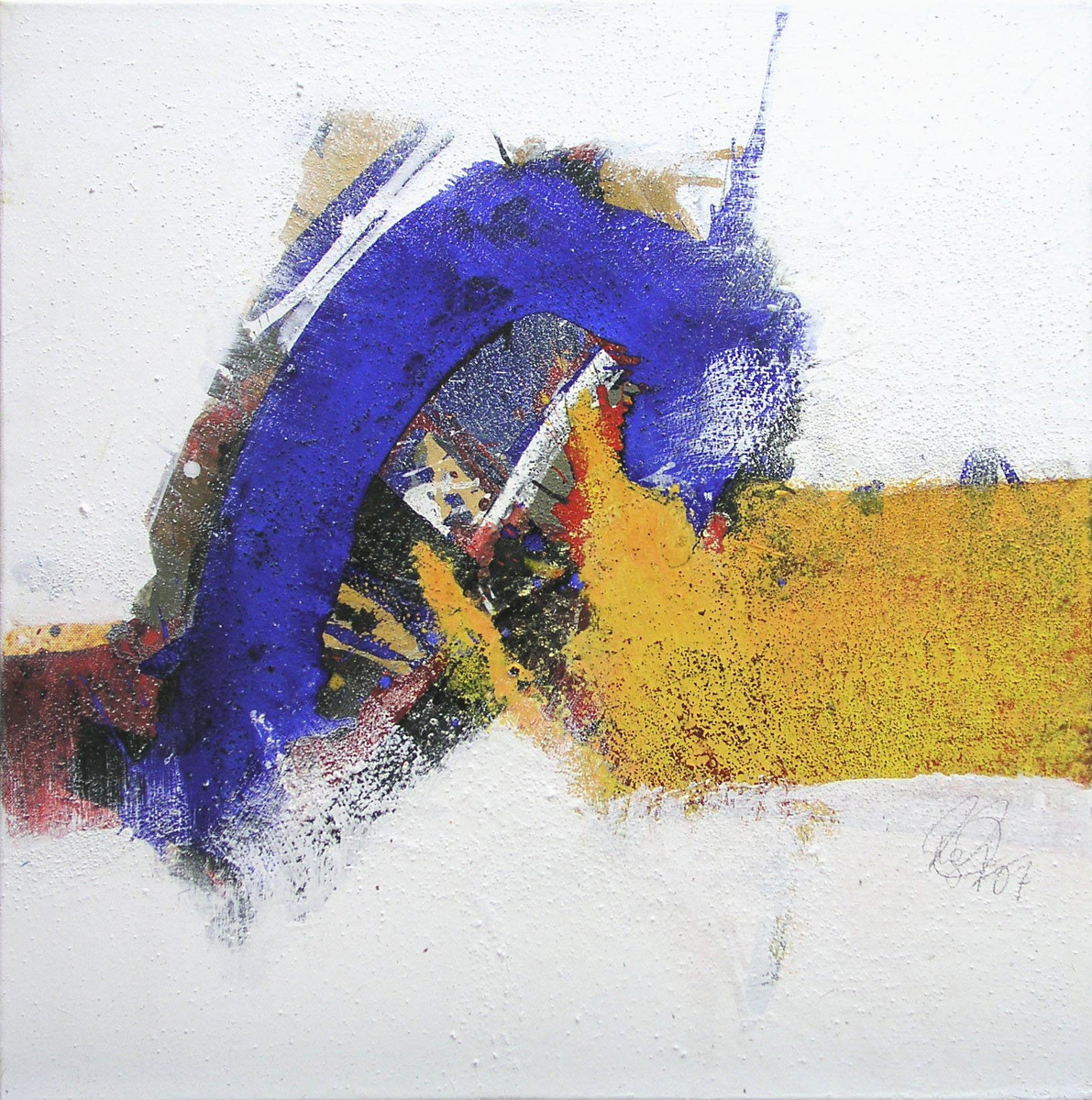
Roger Gressl is a contemporary Austrian painter. His overpaintings are well known. Gressl has been working as a freelance painter and graphic artist since 1987. His works have been shown in numerous solo exhibitions in Berlin, Krems, St. Pölten, Innsbruck, Vienna, Frankfurt, Heidelberg, Mannheim, Feldkirch, Bergamo, Wels and London. Since 1988 he has been regularly represented at international art fairs in Basel, Barcelona, Frankfurt, Florence, Ghent, Los Angeles and Nuremberg. Gressl's recognizability lies in the consistent use and treatment of his color combinations and the acrylic mixing technique used. The artist tries to achieve an effect through complementary colours, to form axes and knows how to create a closed, harmonious color composition based on aggressive colors using shades of gray and white.
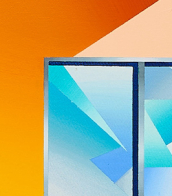

Roger Gressl is a contemporary Austrian painter. His overpaintings are well known. Gressl has been working as a freelance painter and graphic artist since 1987. His works have been shown in numerous solo exhibitions in Berlin, Krems, St. Pölten, Innsbruck, Vienna, Frankfurt, Heidelberg, Mannheim, Feldkirch, Bergamo, Wels and London. Since 1988 he has been regularly represented at international art fairs in Basel, Barcelona, Frankfurt, Florence, Ghent, Los Angeles and Nuremberg. Gressl's recognizability lies in the consistent use and treatment of his color combinations and the acrylic mixing technique used. The artist tries to achieve an effect through complementary colours, to form axes and knows how to create a closed, harmonious color composition based on aggressive colors using shades of gray and white.


Roger Gressl is a contemporary Austrian painter. His overpaintings are well known. Gressl has been working as a freelance painter and graphic artist since 1987. His works have been shown in numerous solo exhibitions in Berlin, Krems, St. Pölten, Innsbruck, Vienna, Frankfurt, Heidelberg, Mannheim, Feldkirch, Bergamo, Wels and London. Since 1988 he has been regularly represented at international art fairs in Basel, Barcelona, Frankfurt, Florence, Ghent, Los Angeles and Nuremberg. Gressl's recognizability lies in the consistent use and treatment of his color combinations and the acrylic mixing technique used. The artist tries to achieve an effect through complementary colours, to form axes and knows how to create a closed, harmonious color composition based on aggressive colors using shades of gray and white.


Roger Gressl is a contemporary Austrian painter. His overpaintings are well known. Gressl has been working as a freelance painter and graphic artist since 1987. His works have been shown in numerous solo exhibitions in Berlin, Krems, St. Pölten, Innsbruck, Vienna, Frankfurt, Heidelberg, Mannheim, Feldkirch, Bergamo, Wels and London. Since 1988 he has been regularly represented at international art fairs in Basel, Barcelona, Frankfurt, Florence, Ghent, Los Angeles and Nuremberg. Gressl's recognizability lies in the consistent use and treatment of his color combinations and the acrylic mixing technique used. The artist tries to achieve an effect through complementary colours, to form axes and knows how to create a closed, harmonious color composition based on aggressive colors using shades of gray and white.


Roger Gressl is a contemporary Austrian painter. His overpaintings are well known. Gressl has been working as a freelance painter and graphic artist since 1987. His works have been shown in numerous solo exhibitions in Berlin, Krems, St. Pölten, Innsbruck, Vienna, Frankfurt, Heidelberg, Mannheim, Feldkirch, Bergamo, Wels and London. Since 1988 he has been regularly represented at international art fairs in Basel, Barcelona, Frankfurt, Florence, Ghent, Los Angeles and Nuremberg. Gressl's recognizability lies in the consistent use and treatment of his color combinations and the acrylic mixing technique used. The artist tries to achieve an effect through complementary colours, to form axes and knows how to create a closed, harmonious color composition based on aggressive colors using shades of gray and white.
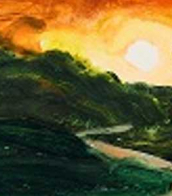

Roger Gressl is a contemporary Austrian painter. His overpaintings are well known. Gressl has been working as a freelance painter and graphic artist since 1987. His works have been shown in numerous solo exhibitions in Berlin, Krems, St. Pölten, Innsbruck, Vienna, Frankfurt, Heidelberg, Mannheim, Feldkirch, Bergamo, Wels and London. Since 1988 he has been regularly represented at international art fairs in Basel, Barcelona, Frankfurt, Florence, Ghent, Los Angeles and Nuremberg. Gressl's recognizability lies in the consistent use and treatment of his color combinations and the acrylic mixing technique used. The artist tries to achieve an effect through complementary colours, to form axes and knows how to create a closed, harmonious color composition based on aggressive colors using shades of gray and white.


Roger Gressl is a contemporary Austrian painter. His overpaintings are well known. Gressl has been working as a freelance painter and graphic artist since 1987. His works have been shown in numerous solo exhibitions in Berlin, Krems, St. Pölten, Innsbruck, Vienna, Frankfurt, Heidelberg, Mannheim, Feldkirch, Bergamo, Wels and London. Since 1988 he has been regularly represented at international art fairs in Basel, Barcelona, Frankfurt, Florence, Ghent, Los Angeles and Nuremberg. Gressl's recognizability lies in the consistent use and treatment of his color combinations and the acrylic mixing technique used. The artist tries to achieve an effect through complementary colours, to form axes and knows how to create a closed, harmonious color composition based on aggressive colors using shades of gray and white.


Roger Gressl is a contemporary Austrian painter. His overpaintings are well known. Gressl has been working as a freelance painter and graphic artist since 1987. His works have been shown in numerous solo exhibitions in Berlin, Krems, St. Pölten, Innsbruck, Vienna, Frankfurt, Heidelberg, Mannheim, Feldkirch, Bergamo, Wels and London. Since 1988 he has been regularly represented at international art fairs in Basel, Barcelona, Frankfurt, Florence, Ghent, Los Angeles and Nuremberg. Gressl's recognizability lies in the consistent use and treatment of his color combinations and the acrylic mixing technique used. The artist tries to achieve an effect through complementary colours, to form axes and knows how to create a closed, harmonious color composition based on aggressive colors using shades of gray and white.

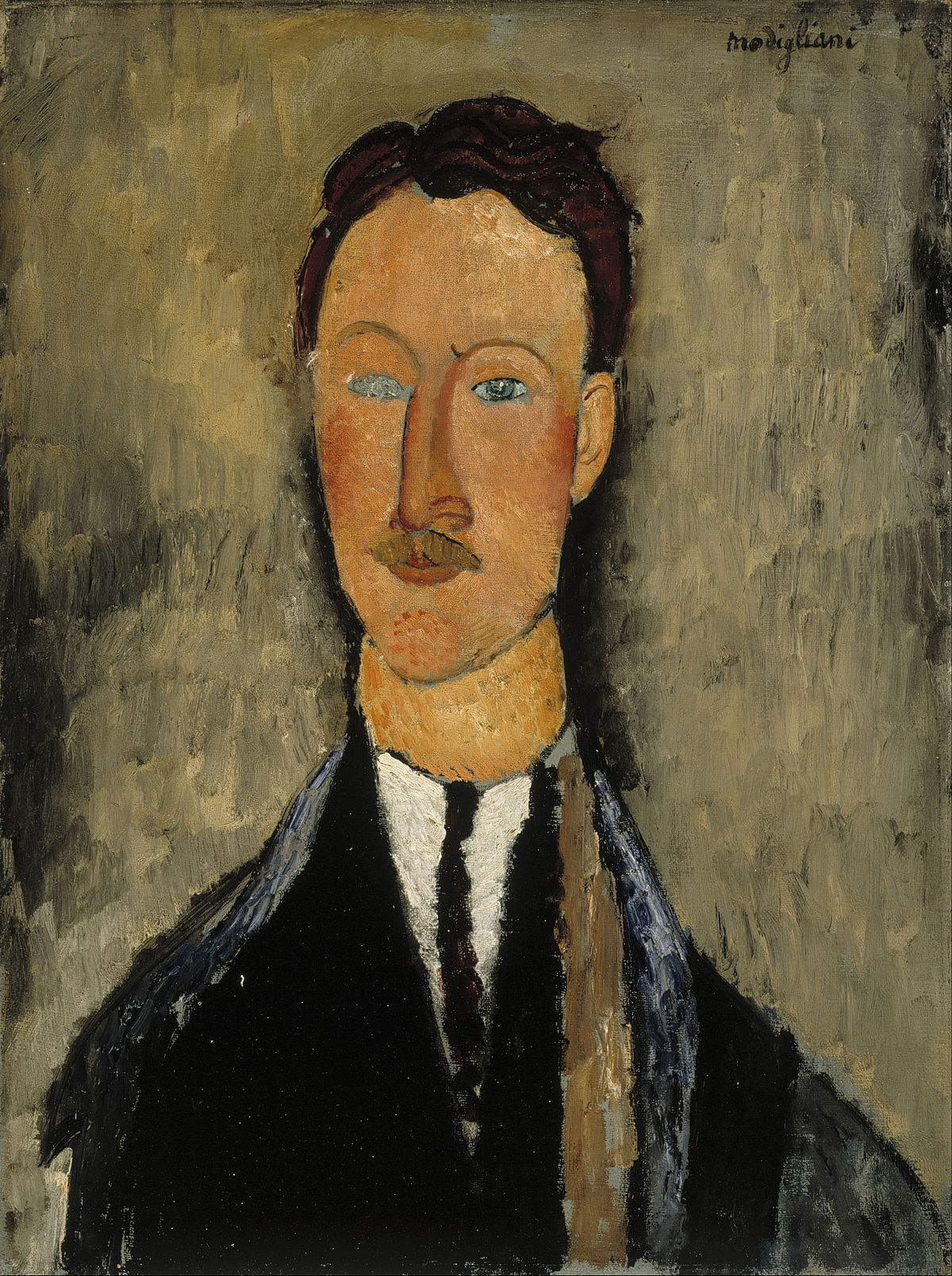
Léopold Survage was a French painter of Finnish origin. Trained in Moscow, he identified with the Russian avant-garde before moving to Paris, where he shared a studio with Amedeo Modigliani and experimented with abstract movies. He also gained commissions for Serge Diaghilev's Ballets Russes.
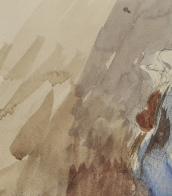

Léopold Survage was a French painter of Finnish origin. Trained in Moscow, he identified with the Russian avant-garde before moving to Paris, where he shared a studio with Amedeo Modigliani and experimented with abstract movies. He also gained commissions for Serge Diaghilev's Ballets Russes.

Joseph Fernand Henri Léger was a French artist renowned for his innovative approach to Cubism and his transition towards a figurative, populist style. Born in Argentan, Orne, Lower Normandy, Léger's early career was marked by a stint as an architectural draftsman and a series of educational pursuits that eventually led him to Paris, where he embraced painting seriously. His artistic journey was significantly influenced by the bold abstractions of Cubism, characterized by geometric shapes and a vibrant palette, distinguishing his work from his contemporaries with what came to be known as "Tubism".
Léger's service in World War I profoundly impacted his artistic direction, leading him to adopt a 'mechanical' style that depicted the modern industrial world with sleek, tubular forms. This period saw creations like "Soldier with a Pipe" and "The Card Players," reflecting his war experiences and the mechanical aesthetics of the time. The post-war era encouraged Léger to explore the mechanical style further, evident in works like "The Bargeman" and "Mechanical Elements," highlighting the pace of technological advancement.
Throughout his career, Léger's work evolved, notably in the 1920s, where he aligned with Purist ideas, blending classicism with modernity. This phase is exemplified in "Woman with a Cat," showcasing a classical form with a modern, polished finish. By the 1930s, Léger's art took a more figurative, populist turn, aiming to democratize contemporary art and make it more accessible. His commitment to art education, especially for the common worker, underscored his belief in the social role of art.
For those intrigued by Joseph Fernand Henri Léger's groundbreaking contributions to modern art, his works can be found in prestigious museums worldwide. His legacy continues to inspire art collectors and enthusiasts alike. To stay updated on exhibitions and auction events featuring Léger's work, sign up for updates and embrace the unique opportunity to explore the richness of his artistic endeavors.
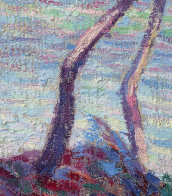

Léopold Survage was a French painter of Finnish origin. Trained in Moscow, he identified with the Russian avant-garde before moving to Paris, where he shared a studio with Amedeo Modigliani and experimented with abstract movies. He also gained commissions for Serge Diaghilev's Ballets Russes.

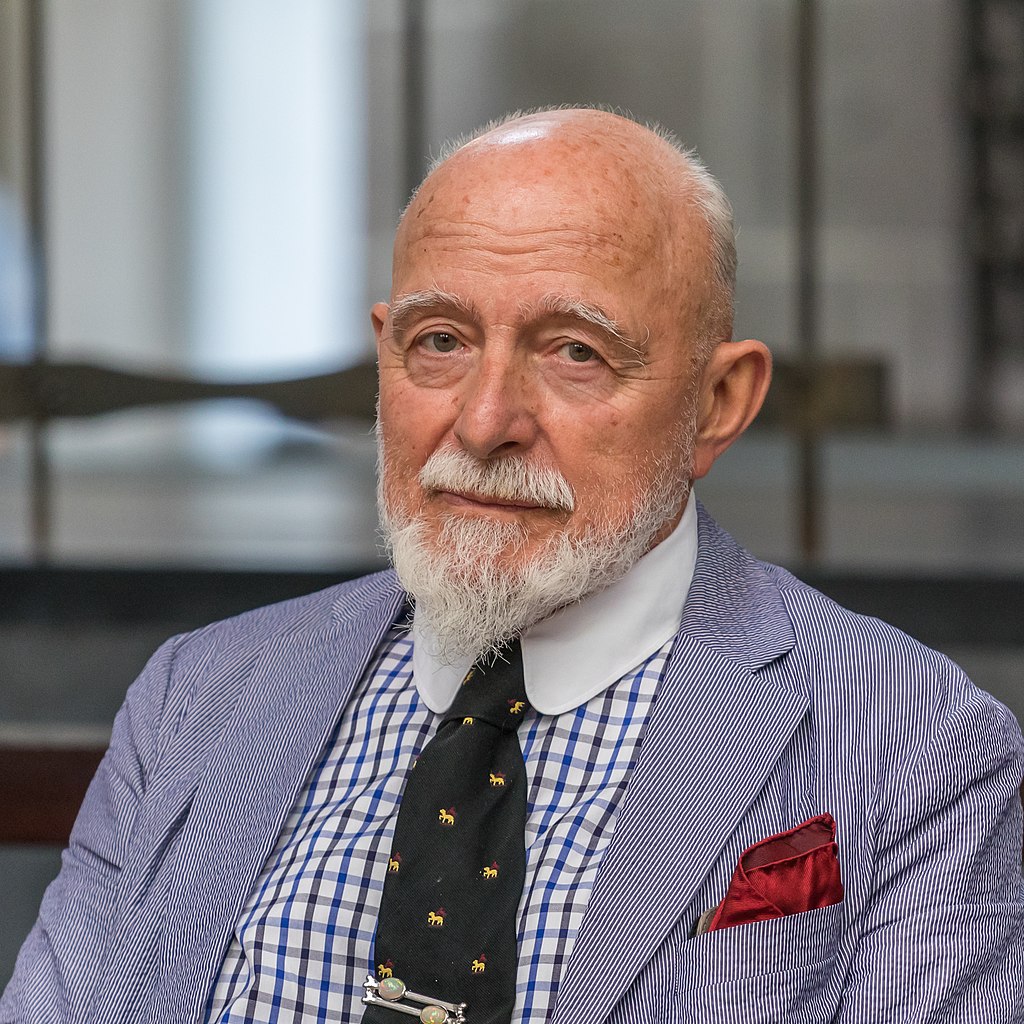
Markus Lüpertz is a German painter, sculptor, graphic artist, and writer. He also publishes a magazine, and plays jazz piano. He is one of the best-known German contemporary artists. His subjects are characterized by suggestive power and archaic monumentality. Lüpertz insists on capturing the object of representation with an archetypal statement of his existence. His art work is associated to neo-expressionism. Known for his eccentricity, German press has stylized him as a «painter prince».
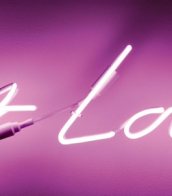

Markus Lüpertz is a German painter, sculptor, graphic artist, and writer. He also publishes a magazine, and plays jazz piano. He is one of the best-known German contemporary artists. His subjects are characterized by suggestive power and archaic monumentality. Lüpertz insists on capturing the object of representation with an archetypal statement of his existence. His art work is associated to neo-expressionism. Known for his eccentricity, German press has stylized him as a «painter prince».
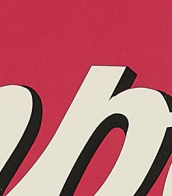
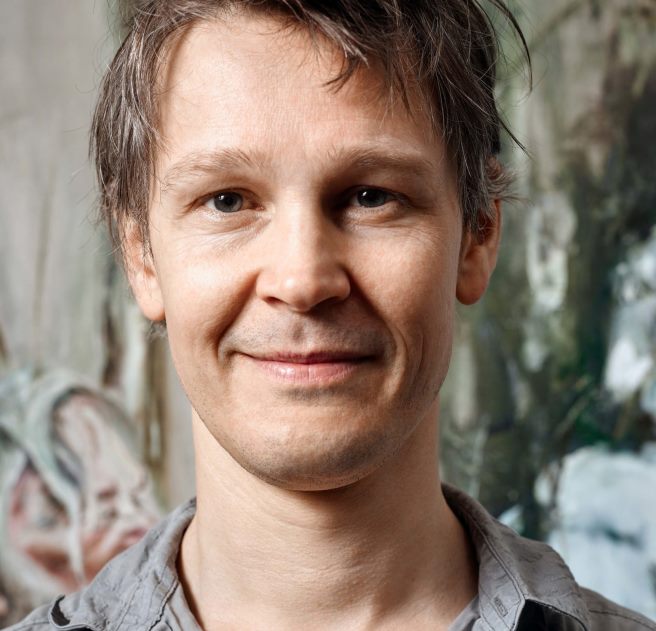
Leopold Rabus is a Swiss surrealist painter whose favorite medium is oil painting. He depicts the surrounding reality, inhabiting it with surrealistic birds, snails and yard animals, or ordinary objects. The people in Rabus's paintings, on the other hand, are often insane and horrible, but they live ordinary human lives.
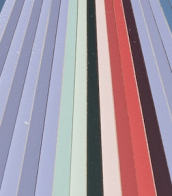

Léon Spilliaert was a Belgian artist. He is known for his unique style of symbolism, with many of his works featuring dream-like landscapes, eerie still lifes, and enigmatic figures.
Spilliaert grew up in a wealthy family, and he initially studied architecture before turning to art. He was largely self-taught, and his work was heavily influenced by the Belgian symbolist movement, as well as the works of artists such as James Ensor and Edvard Munch.
Spilliaert was particularly interested in exploring the mysteries of the human psyche, and many of his works reflect a sense of unease or uncertainty. He often used strong contrasts of light and shadow to create a sense of drama and tension in his works, and his use of color was often muted and subdued.
Despite his success as an artist, Spilliaert was a deeply private individual, and he rarely exhibited his work during his lifetime. He continued to work throughout his life, however, producing a large body of haunting and enigmatic works that continue to captivate audiences today.
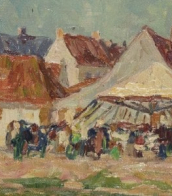
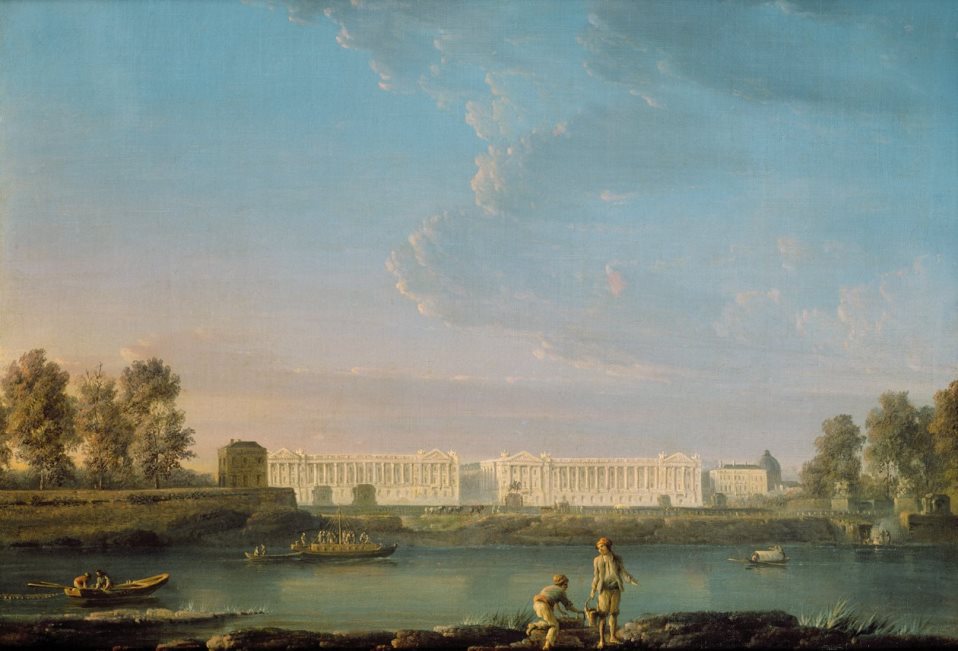


Léopold Survage was a French painter of Finnish origin. Trained in Moscow, he identified with the Russian avant-garde before moving to Paris, where he shared a studio with Amedeo Modigliani and experimented with abstract movies. He also gained commissions for Serge Diaghilev's Ballets Russes.


Léon Spilliaert was a Belgian artist. He is known for his unique style of symbolism, with many of his works featuring dream-like landscapes, eerie still lifes, and enigmatic figures.
Spilliaert grew up in a wealthy family, and he initially studied architecture before turning to art. He was largely self-taught, and his work was heavily influenced by the Belgian symbolist movement, as well as the works of artists such as James Ensor and Edvard Munch.
Spilliaert was particularly interested in exploring the mysteries of the human psyche, and many of his works reflect a sense of unease or uncertainty. He often used strong contrasts of light and shadow to create a sense of drama and tension in his works, and his use of color was often muted and subdued.
Despite his success as an artist, Spilliaert was a deeply private individual, and he rarely exhibited his work during his lifetime. He continued to work throughout his life, however, producing a large body of haunting and enigmatic works that continue to captivate audiences today.
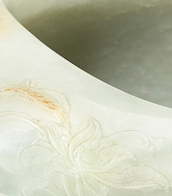
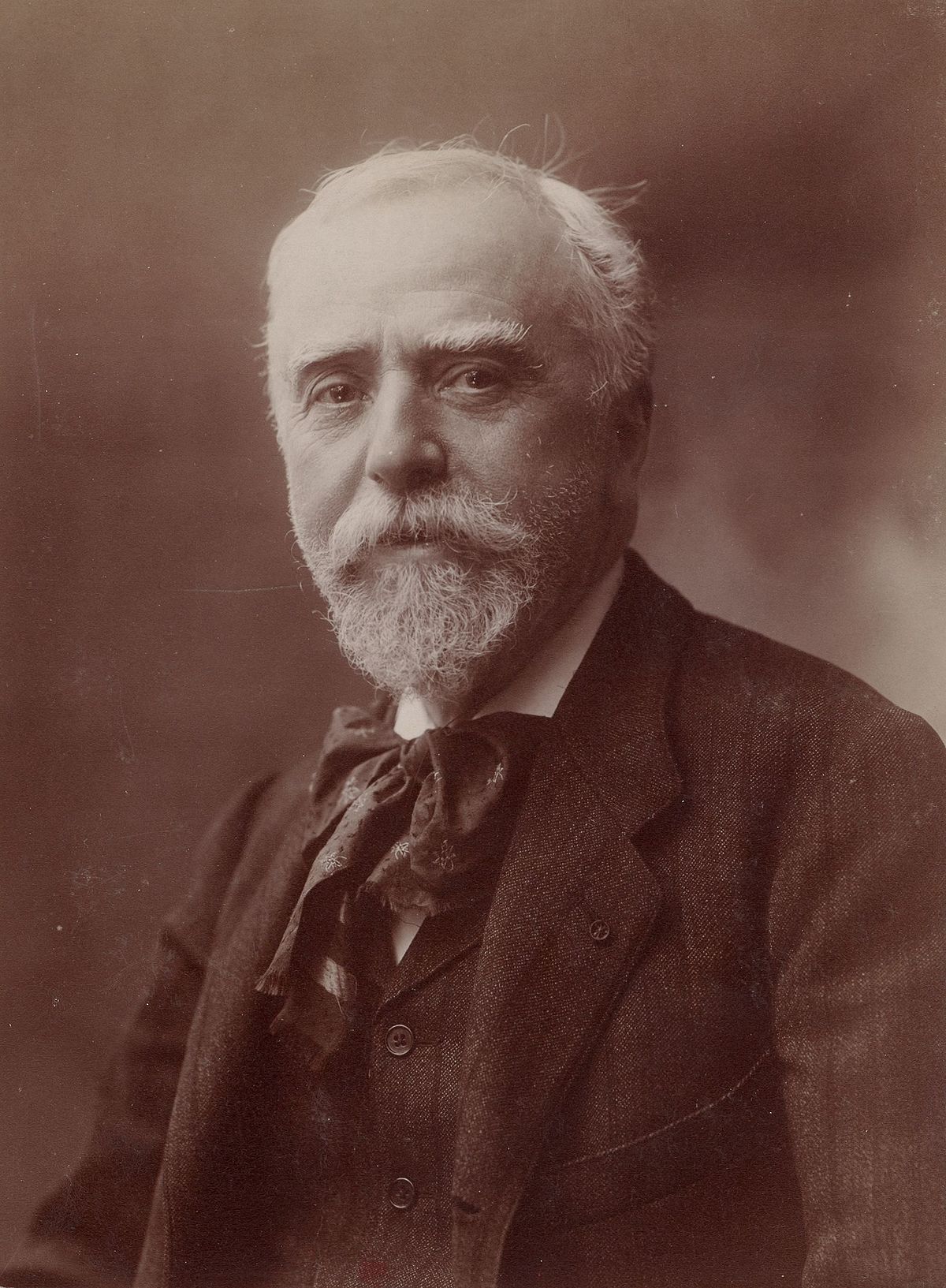
Léon Augustin Lhermitte was a French naturalist painter and etcher whose primary subject matter was rural scenes depicting peasants at work.
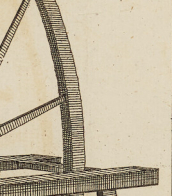
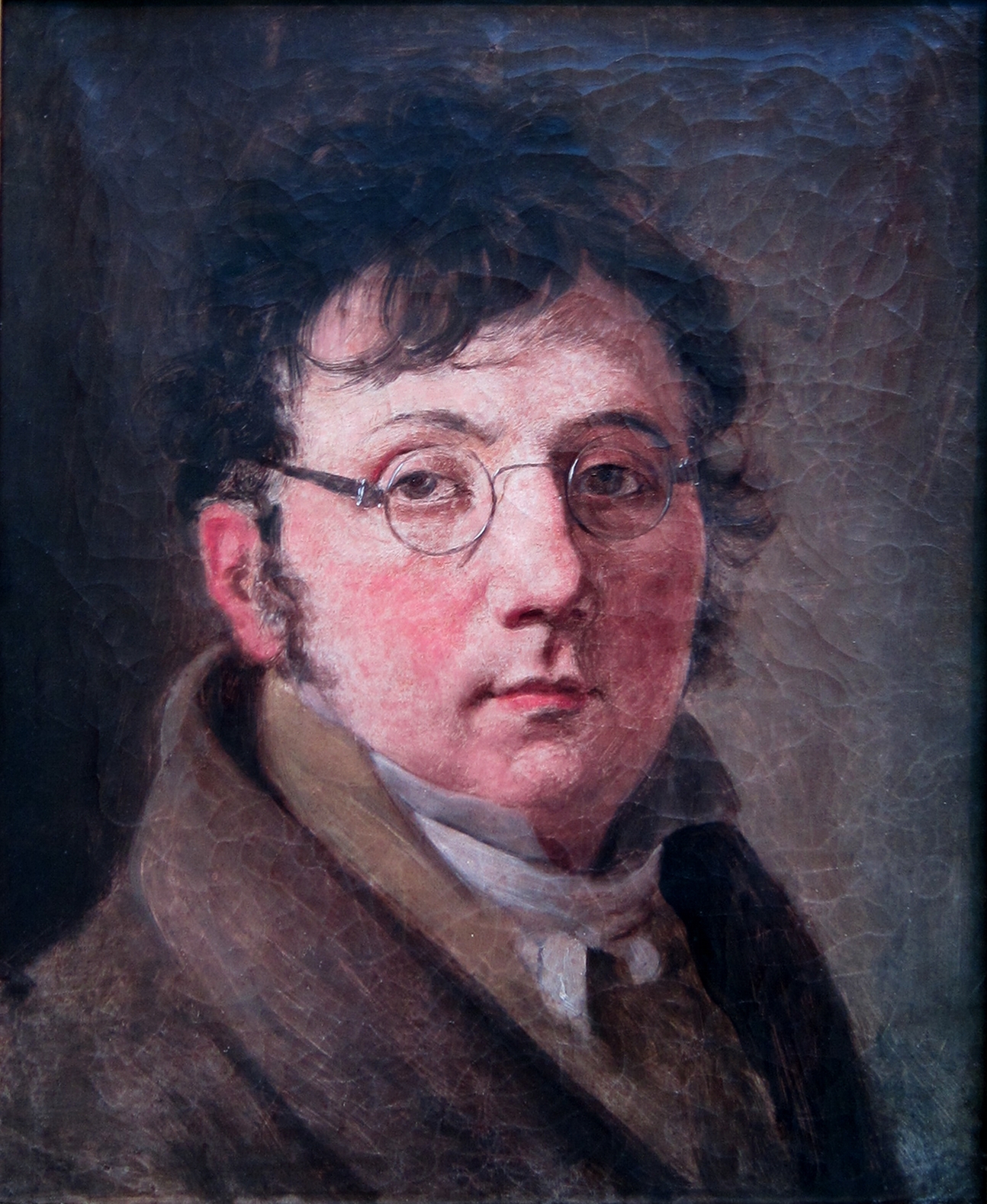
Louis-Léopold Boilly was a French painter and draftsman. A gifted creator of popular portrait paintings, he also produced a vast number of genre paintings vividly documenting French middle-class social life. His life and work spanned the eras of monarchical France, the French Revolution, the Napoleonic Empire, the Bourbon Restoration and the July Monarchy. His 1800 painting Un Trompe-l'œil introduced the term trompe-l'œil ("trick the eye"), applied to the technique that uses realistic imagery to create the optical illusion that the depicted objects exist in three dimensions, though the "unnamed" technique itself had existed in Greek and Roman times.


Léopold Survage was a French painter of Finnish origin. Trained in Moscow, he identified with the Russian avant-garde before moving to Paris, where he shared a studio with Amedeo Modigliani and experimented with abstract movies. He also gained commissions for Serge Diaghilev's Ballets Russes.


Markus Lüpertz is a German painter, sculptor, graphic artist, and writer. He also publishes a magazine, and plays jazz piano. He is one of the best-known German contemporary artists. His subjects are characterized by suggestive power and archaic monumentality. Lüpertz insists on capturing the object of representation with an archetypal statement of his existence. His art work is associated to neo-expressionism. Known for his eccentricity, German press has stylized him as a «painter prince».

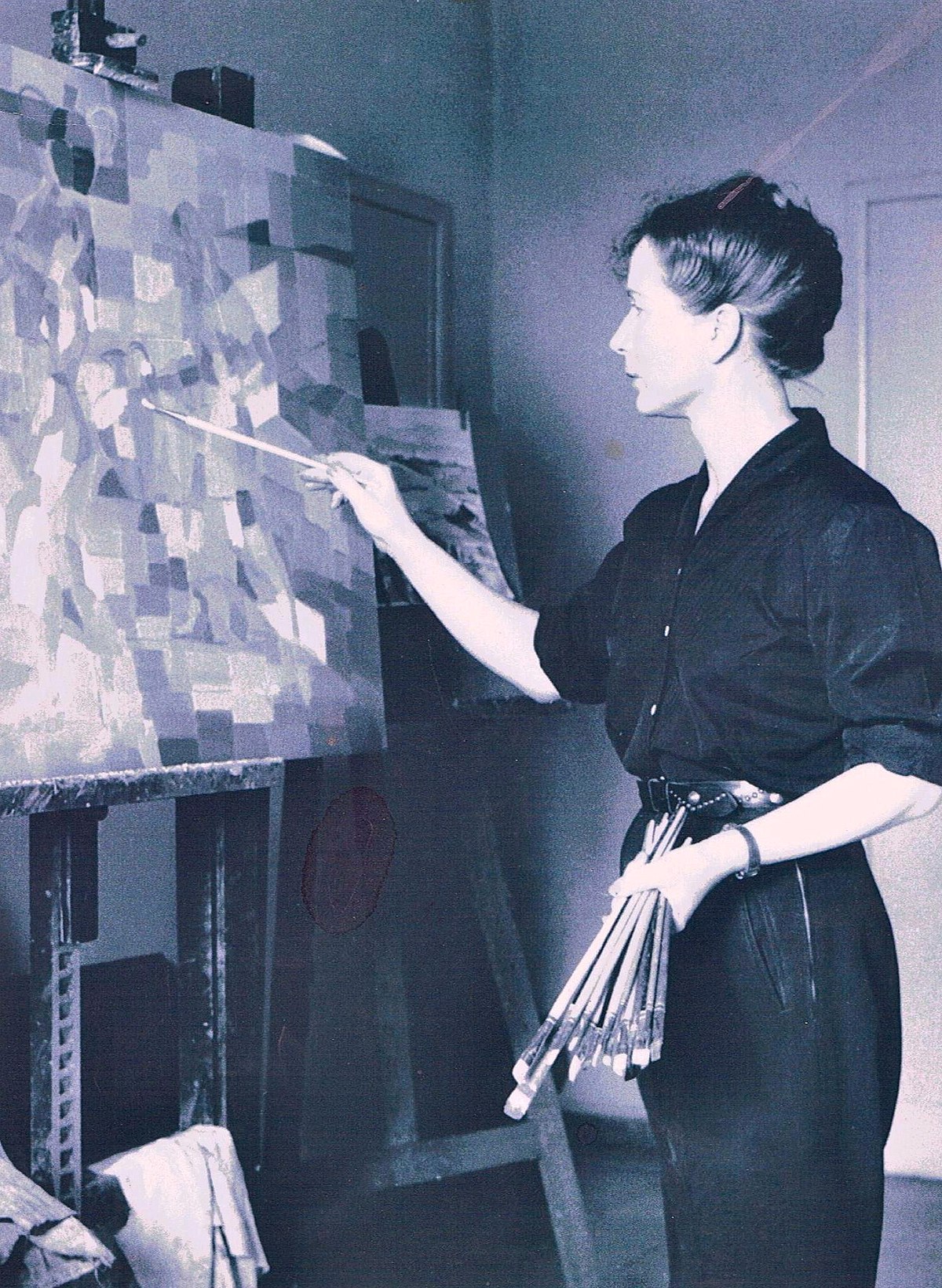
Hélène de Beauvoir was a French painter. She was the younger sister of philosopher Simone de Beauvoir. Her art was exhibited in Europe, Japan, and the US.
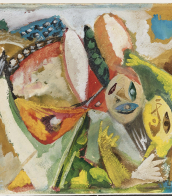
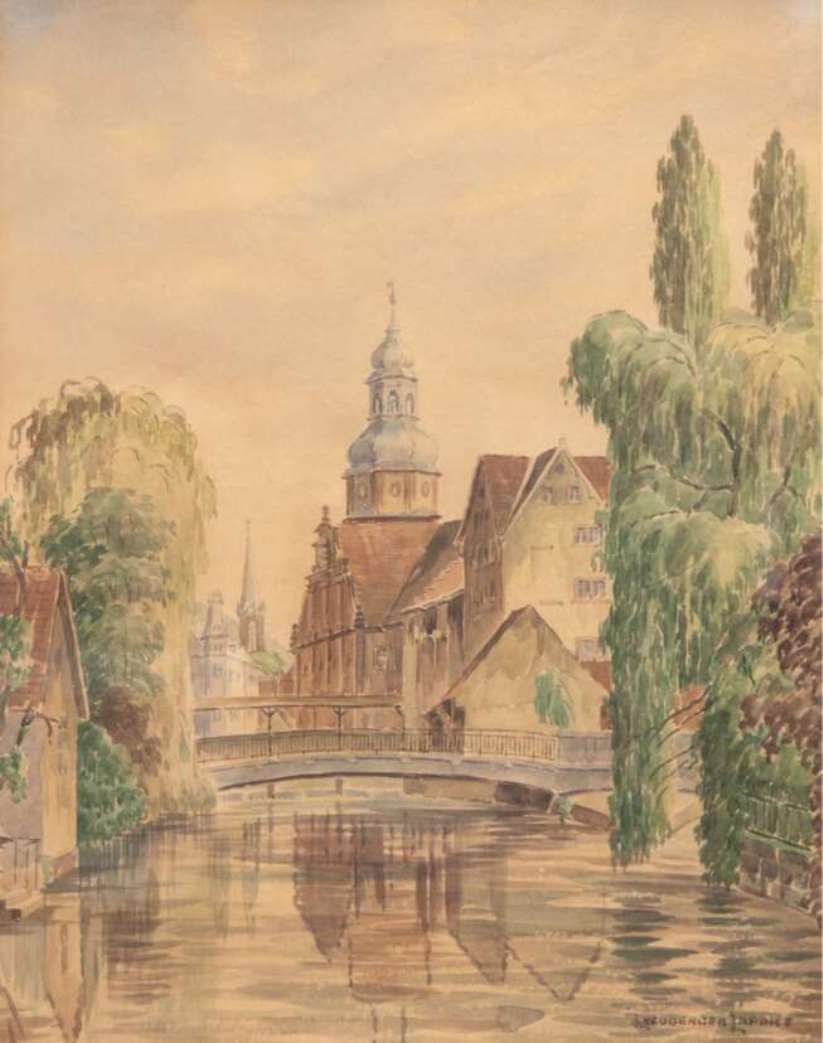
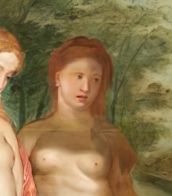

Louis-Léopold Boilly was a French painter and draftsman. A gifted creator of popular portrait paintings, he also produced a vast number of genre paintings vividly documenting French middle-class social life. His life and work spanned the eras of monarchical France, the French Revolution, the Napoleonic Empire, the Bourbon Restoration and the July Monarchy. His 1800 painting Un Trompe-l'œil introduced the term trompe-l'œil ("trick the eye"), applied to the technique that uses realistic imagery to create the optical illusion that the depicted objects exist in three dimensions, though the "unnamed" technique itself had existed in Greek and Roman times.
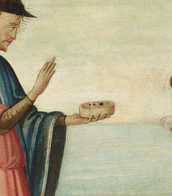

Léopold Survage was a French painter of Finnish origin. Trained in Moscow, he identified with the Russian avant-garde before moving to Paris, where he shared a studio with Amedeo Modigliani and experimented with abstract movies. He also gained commissions for Serge Diaghilev's Ballets Russes.


Léopold Survage was a French painter of Finnish origin. Trained in Moscow, he identified with the Russian avant-garde before moving to Paris, where he shared a studio with Amedeo Modigliani and experimented with abstract movies. He also gained commissions for Serge Diaghilev's Ballets Russes.

